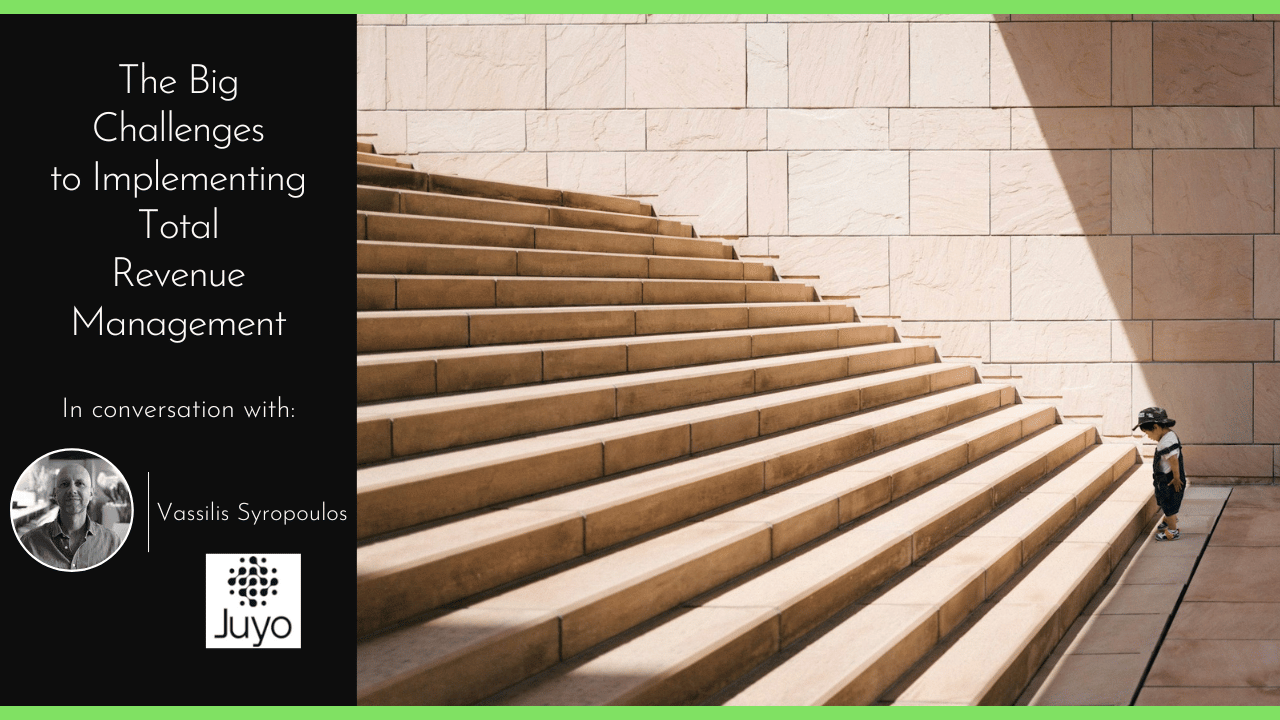
Before I started my own business, I was heavily entrenched in the Marriott International corporate brass, where group meetings business accounts for 40% of the overall revenue for their US hotels. As a leader in marketing and e-commerce disciplines, my team’s focus was largely devoted to driving demand and revenue from the direct consumer segments and channels. For reference, our shorthand for all these activities was B2C, while those pertaining to groups were called B2B.
With the acquisition of Gaylord Hotels and the opening of several other large convention hotels in major US markets in the summer of 2012, I was tasked with assisting the sales teams in driving B2B revenues, both by developing tactics that could be utilized at that moment as well as strategies to last for many years to come.
With the rise of social networks such as LinkedIn and Facebook, sales associates were increasingly being challenged to go out of their comfort zones to engage with customers by ‘connecting’ and ‘friending’ with current or potential customers through these channels to maintain engagement. Many team members did not currently have much, if any, experience in this field. Additionally, the adoption of search engines as the first point of research by meeting planners and key decision makers was also prevalent. Ergo, search engine marketing (SEM) – that is, retargeting and Google Adwords as well as search engine optimization (SEO) – would also play a dominant role in this endeavor.
Concurrently, within the company structure, sales and marketing had both been operating in separate silos. We needed to come together to understand how the two disciplines could work together to support our shared goal of heightening B2B revenues in our US hotels. This effort also needed collaboration with the analytics teams to understand what could be tracked as a result of marketing efforts through these digital channels.
Read rest of the article at Hotel Online




